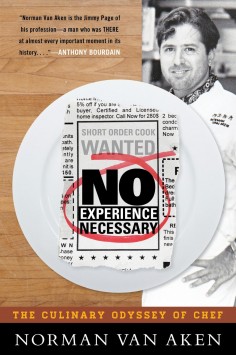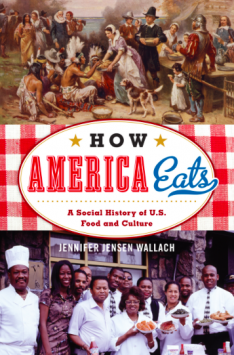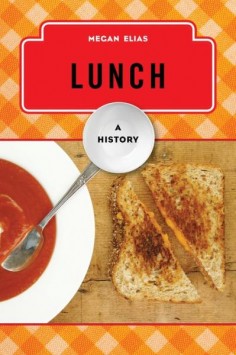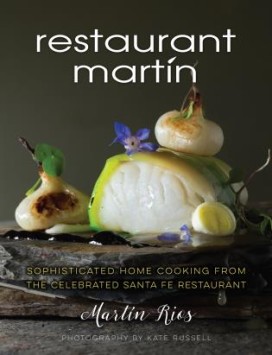LunchA History
From the Ploughman’s lunch in the field to the Power Lunch at the Four Seasons, the particulars of lunch decisions — where, with whom, and what we eat — often mark our place in the world.
Lunch has never been just a meal. The meal most often eaten in public, lunch has a long tradition of establishing social status and cementing alliances. From the Ploughman’s lunch in the field to the Power Lunch at the Four Seasons, the particulars of lunch decisions — where, with whom, and what we eat — often mark our place in the world. Indeed, lunch has galvanized political movements and been at the center of efforts to address the needs of those unable to provide enough food for their families. The American School Lunch Act of 1946, inspired by the malnutrition discovered by war-time recruiters, demonstrated that lunch could represent the very health of the nation. In the 1960s, the right to eat at one of America’s ubiquitous lunch counters came to represent America’s moral health. Issues of who cooks lunch, and who eats what and how and even when (before exercise or after?) in public institutions continues to spur activists.
Exploring the rich history and culture of this most-observed and versatile meal, Lunch draws on a wide range of sources, from letters and memoirs to fiction, cookbooks, institutional records, art, and popular media, and from tea room menus to lunch truck Twitter feeds. Elias considers the history of lunch not only in America, but around the world to reveal the rich traditions and considerable changes this meal has influenced over the years.
Megan Elias is associate professor of history at Queensborough Community College.
For too many Americans, lunch is a meal one ‘grabs,’ almost an afterthought, something to quickly restore energy when the day’s labor reaches its midpoint. As Elias documents, the noon meal hasn’t always been just a fast feed between morning’s breakfast and evening’s dinner. As soon as agriculture advanced beyond subsistence, lunch became the day’s main, if not only, meal. Medieval monks in Europe honored the midday meal as the day’s primary repast, and in Cairo, merchants and shoppers partook of the first examples of street food. American farmers ate lunch at outdoor groaning boards to save precious harvesting time and yet consume enough calories to fuel strenuous activity. The Industrial Revolution compelled ordinary workers to eat near assembly lines rather than at home with their families, while upper-class managers and financiers downed cocktails and haute cuisine atop the finest napery in what’s become notorious as the ‘power lunch.’
— Booklist
Megan Elias reveals the lunch box to be a capacious cultural container; whether a Japanese bento, an Indian tiffin, or the latest Hollywood tie-in, it packs history as well as nourishment.
— Jeffrey M. Pilcher, author of Planet Taco: A Global History of Mexican Food
Drawing from a wide range of sources, Elias demonstrates how rhythms of work and leisure have shaped meal patterns for the rich, the poor, and the middling sort. Lunch shows us how over time breakfast, luncheon, dinner, supper, tiffin, etc., have mutually elbowed each other into place, producing each repast while sorting the classification system of daily meals. A number of startling yet illuminating analogies such as those between the Ploughman’s Lunch and the Mesopotamian worker’s meal, and between sushi and the Anglo-American devotion to a cold protein wrapped in a starch, makes the book thought-provoking and immensely readable.
— Krishnendu Ray, chair, Department of Nutrition Food Studies and Public Health, New York University; author of Migrant’s Table (2004); co-editor of Curried Cultures (2012)











Leave a Reply